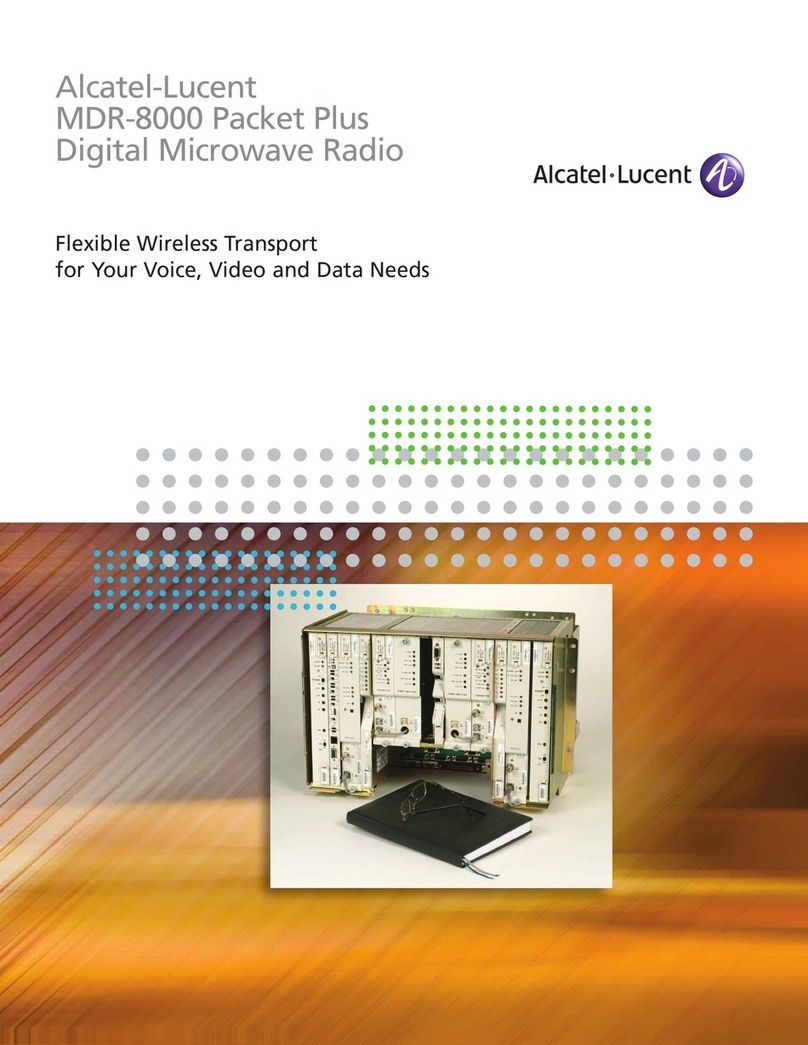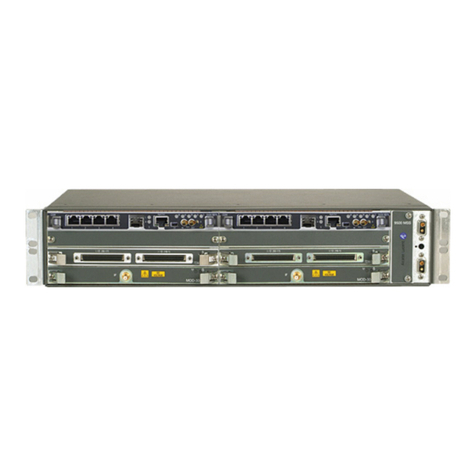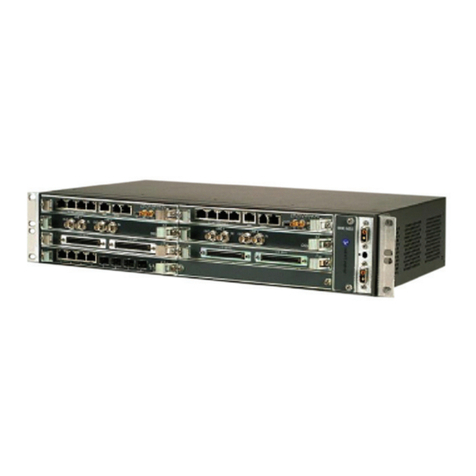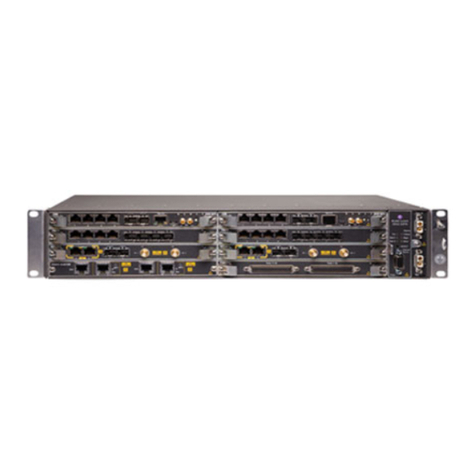
TOC-3
Page
4.7.2 Provision Plug-In Modules ..................................................................................... 4-29
4.7.3 Protection Scheme Provisioning ............................................................................ 4-49
4.7.4 Provision Synchronization ..................................................................................... 4-63
4.7.5 Provision NE Time ..................................................................................................4-66
4.7.6 Cross Connections ...................................................................................................4-67
4.7.7 Provision System .................................................................................................... 4-78
4.7.8 Provision IP Static Routing .................................................................................... 4-79
4.7.9 Provision OSPF Static Routing .............................................................................. 4-80
4.7.10 Provision Local NE IP Address .............................................................................. 4-81
4.7.11 Re-configure PC Network Card ............................................................................. 4-82
5 Maintenance
5.1 Introduction .............................................................................................................. 5-1
5.2 Maintenance Philosophy .......................................................................................... 5-2
5.3 Personal Computer (PC)/Laptop .............................................................................. 5-2
5.4 Troubleshooting ........................................................................................................ 5-2
5.4.1 Before Going to Site Checklist .................................................................................5-2
5.4.2 Troubleshooting Basics .............................................................................................5-3
5.4.3 Troubleshooting Path Problems ............................................................................... 5-9
5.4.4 Troubleshooting Configuration Problems ............................................................. 5-11
5.4.5 Troubleshooting Ethernet Problems ...................................................................... 5-12
5.4.6 Troubleshooting TMN Problems ............................................................................ 5-13
5.5 Module Removal and REPLACEMENT Procedures ............................................ 5-15
5.5.1 CSM Removal and Replacement – In a CSM Protected Radio ............................ 5-17
5.5.2 CSM Flash Card Removal and Replacement ........................................................ 5-18
5.5.3 ODU Removal and Replacement ........................................................................... 5-18
5.6 CHANGING FREQUENCY ................................................................................... 5-20
5.7 Software Upgrade Procedures ............................................................................... 5-20
5.8 Upgrade From an UnProtected To A Protected Radio ......................................... 5-20
5.8.1 1+0 Static Modulation to 1+1 HSB in Static Modulation ..................................... 5-20
5.8.2 1+0 to 1+1 Frequency Diversity ............................................................................. 5-21
5.9 Downgrade from Protected to a UnProtected Radio ............................................. 5-22





































